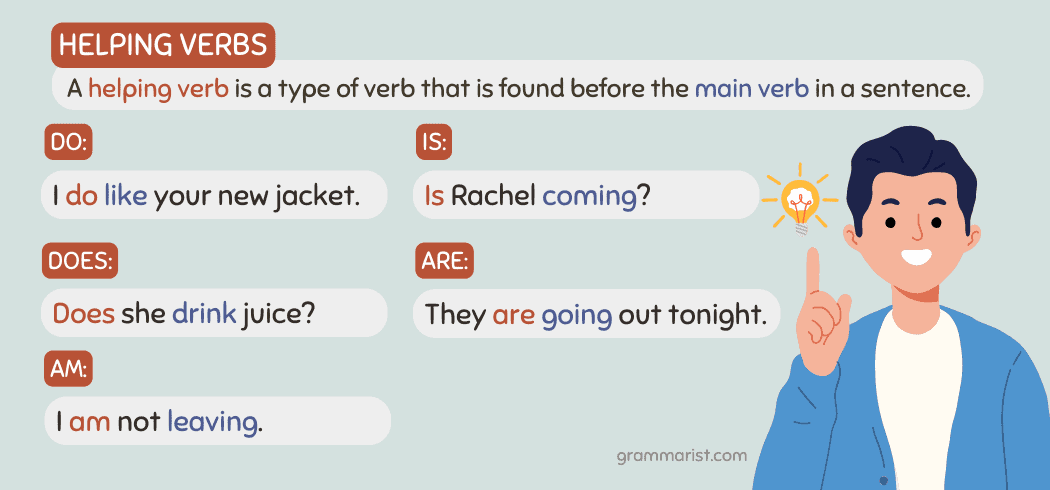DIY Gutter Installation: A Complete Homeowner’s Guide
Why Install Gutters Yourself?
Gutters are a critical part of protecting your home’s foundation and landscaping from water damage. Installing them yourself can save on labor costs, give you control over materials and placement, and provide a sense of accomplishment. However, a successful do-it-yourself gutter installation requires careful planning, precise measurements, and adherence to safety guidelines. This guide will walk you through every step of the process, highlighting practical advice, common pitfalls, and expert-backed solutions.
Planning Your Gutter Installation
Before you begin, assess your home’s roofline and drainage needs. Use a tape measure to accurately record the length of each roof edge where gutters are needed. Plan for one downspout every 30 to 40 feet to ensure efficient water flow and minimize clogs. Identify safe locations for water to drain away from the house-ideally sloping away from foundations, walkways, and driveways to prevent erosion and flooding [1] .
When planning, consider local weather patterns. In areas with heavy rainfall or leaf debris, you may opt for wider gutters or gutter guards. Always check the fascia board for rot or damage, as repairs should be made before installation [3] .
Selecting Materials and Tools
Gutters are commonly available in vinyl, aluminum, and steel. Vinyl is lightweight and rust-resistant, making it easy for DIYers to handle, while aluminum offers durability and flexibility. Steel is the most robust but can be heavier and prone to rust if not coated. Choose materials based on your region’s climate and your own skill level.
Essential tools include:
- Measuring tape and chalk line
- Hacksaw or tin snips
- Power drill and screwdrivers
- Ladder (with stabilizer)
- Safety glasses and gloves
- Level
- Gutter sealant
Most hardware stores and home improvement retailers offer gutter kits with pre-cut sections, connectors, end caps, and hangers. If you need guidance on material selection, consult in-store staff or search reputable home improvement resources for reviews and recommendations.
Step-by-Step Gutter Installation
1. Measure and Plan Your Layout
Record the length of each gutter run. Plan your layout so that water flows toward the downspouts, which should be spaced no more than 40 feet apart. Sketch your gutter system and mark downspout positions on the fascia with a pencil.
2. Mark the Slope
Gutters must slope slightly toward the downspout to ensure water flows properly. The recommended slope is about ¼ inch for every 10 feet of gutter. Mark the high and low points on the fascia, then snap a chalk line between them. This will guide installation and help avoid pooling water [1] .
3. Cut and Assemble Gutter Sections
Using a hacksaw or tin snips, cut gutter sections to fit each run. Attach end caps to the gutter ends and dry-fit the pieces to ensure proper alignment. For downspout outlets, use a drill or hole saw to create openings at your marked locations.
4. Install Hangers and Brackets
Mount gutter hangers or fascia brackets every 24-30 inches along the chalk line. Secure hangers into rafter tails when possible for maximum stability. Make sure brackets are level with your slope marks [4] .
5. Hang the Gutters
Snap or screw the gutter sections into the hangers, checking that seams are tight and the slope is consistent. Where two gutter pieces meet, use connectors with sealant to prevent leaks.
6. Install Downspouts
Attach downspout outlets and elbows to the gutter openings. Secure vertical downspouts to the wall with brackets every 4 feet. Ensure the bottom of each downspout directs water at least 3 feet away from the foundation. Consider extensions or splash blocks for added drainage efficiency [1] .
7. Seal and Test the System
Apply gutter sealant at all joints, seams, and connectors. Allow the sealant to cure as per manufacturer instructions. To test, run water through the system with a garden hose and check for leaks, blockages, or pooling water. Adjust as needed.
Common Challenges and Solutions
DIY gutter installation presents some challenges, such as ensuring proper slope, preventing leaks, and safely working at heights. If you encounter uneven fascia boards, use shims behind brackets to maintain a consistent slope. For leaking joints, reseal with a high-quality outdoor gutter sealant and allow ample drying time before retesting.
Safety is paramount. Always use a sturdy ladder with a stabilizer, and never overreach. If your roofline is especially high or complex, consider enlisting a helper or consulting a local professional. For houses with multiple stories or unusual roof shapes, professional installation may be advisable for best results.
Alternative Methods and Upgrades
If traditional sectional gutters seem daunting, consider snap-together vinyl systems, which require fewer tools and are lighter to handle. Some homeowners opt for seamless aluminum gutters, which are custom-formed on-site by professionals to minimize leaks. While seamless options usually require hiring a contractor, they offer increased durability and reduced maintenance.

Source: stormmaster.com
Gutter guards and leaf screens can help prevent clogs and reduce cleaning frequency, especially in areas with heavy foliage. These accessories are readily available from home improvement retailers and can often be retrofitted to existing gutters.
Cost Considerations and Money-Saving Tips
DIY gutter installation can yield significant savings. According to industry data, professional installation costs typically range from $3 to $10 per linear foot, depending on material and complexity. By sourcing your own materials and performing the labor, you may reduce costs by up to 50% [4] . However, factor in the cost of tools, safety gear, and any repairs needed to fascia boards or soffits.
To maximize value, purchase materials during seasonal sales, buy in bulk where possible, and compare prices at multiple retailers. Some large home improvement stores offer tool rental programs if you lack certain equipment, such as ladders or power saws.
Accessing Further Help and Resources
If you need additional guidance, many home improvement retailers offer free online project guides and video tutorials. For example, Home Depot provides step-by-step installation guides and safety tips on their official website. For visual learners, reputable YouTube channels such as “This Old House” feature detailed demonstrations of gutter installation techniques [2] .

Source: thegutterexperts.com
If you prefer professional assistance, you can search for licensed gutter installers in your area using local business directories or by contacting your local home builders’ association. Always check for proper insurance and licensing before hiring a contractor.
Summary and Key Takeaways
Installing gutters yourself is a practical and rewarding project for many homeowners. With careful planning, the right tools, and attention to detail, you can protect your home from water damage while saving on installation costs. Always prioritize safety, follow manufacturer instructions, and don’t hesitate to seek professional help for complex or high-risk projects.



